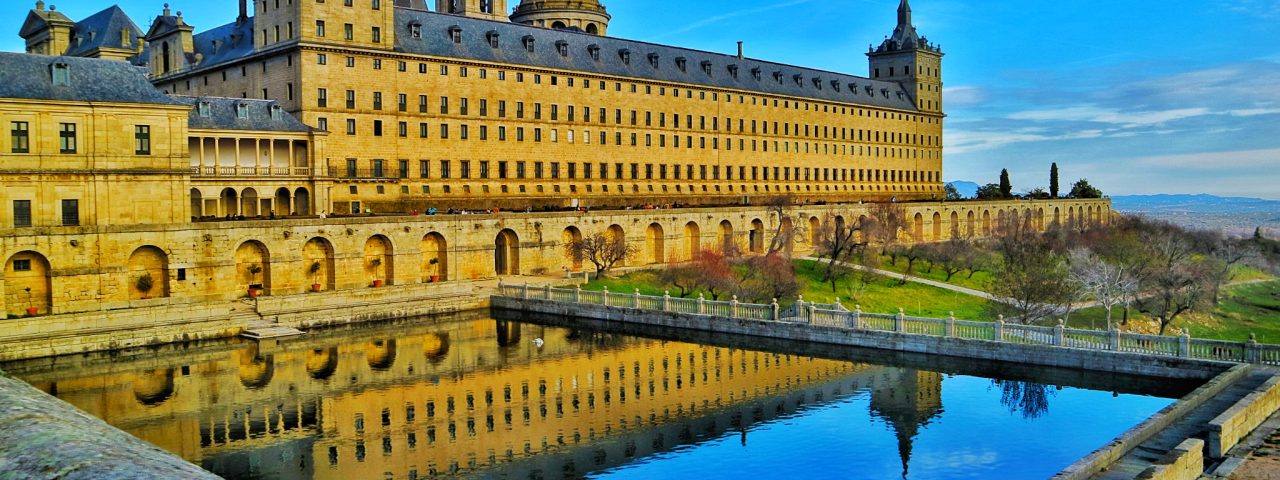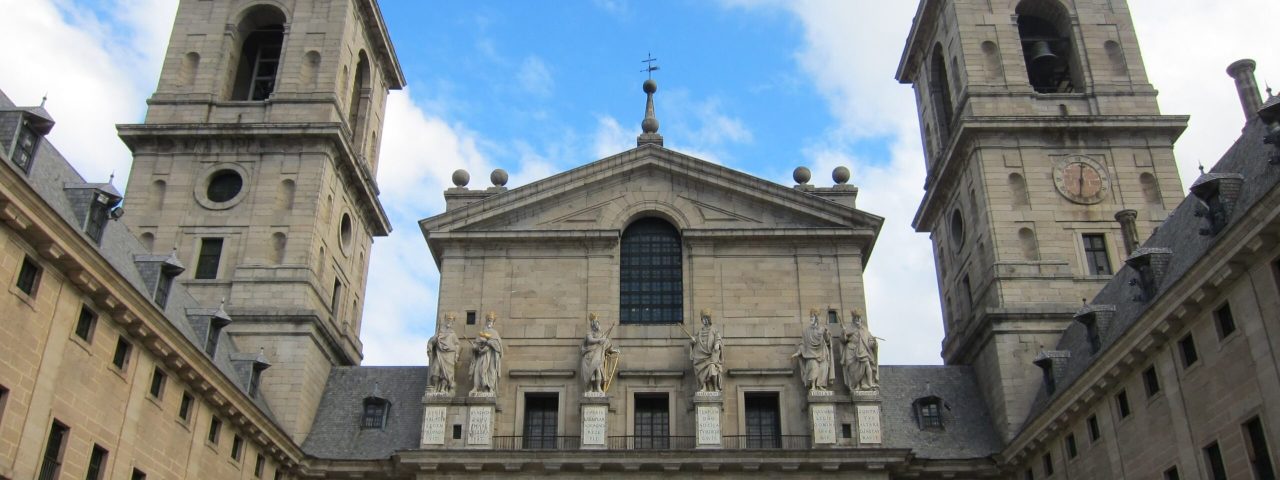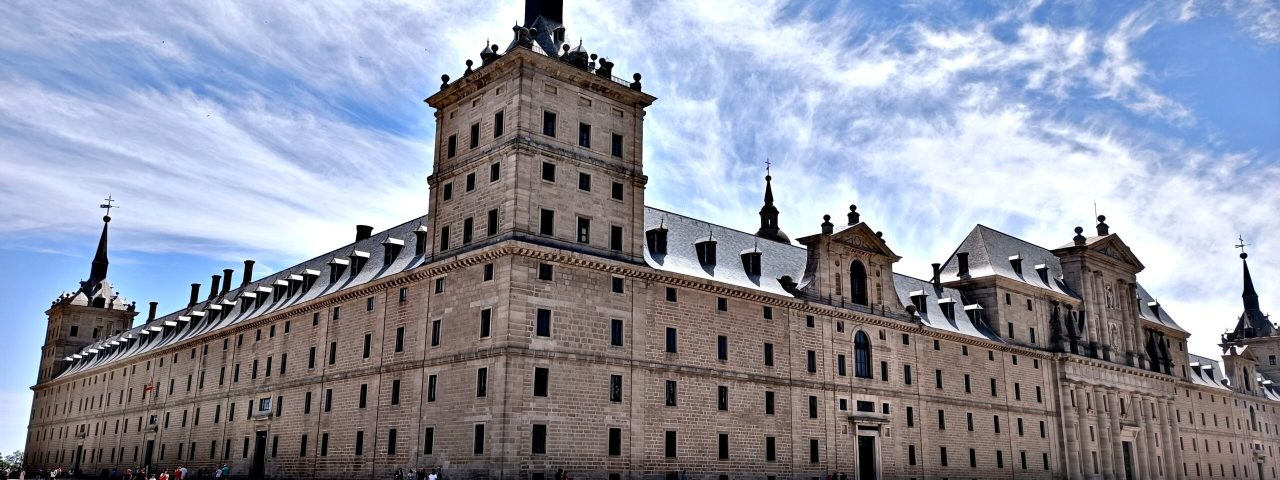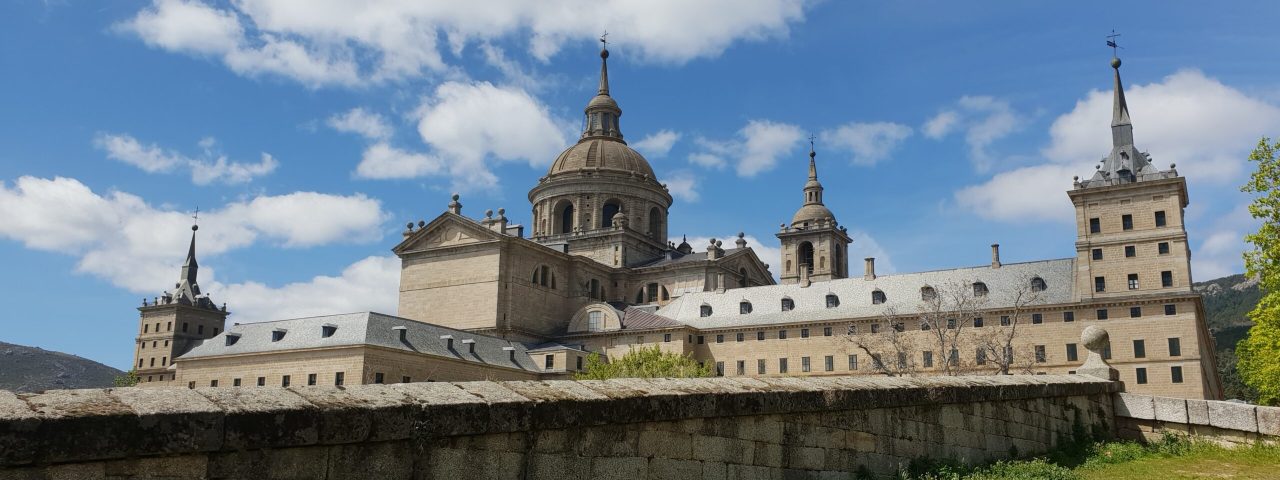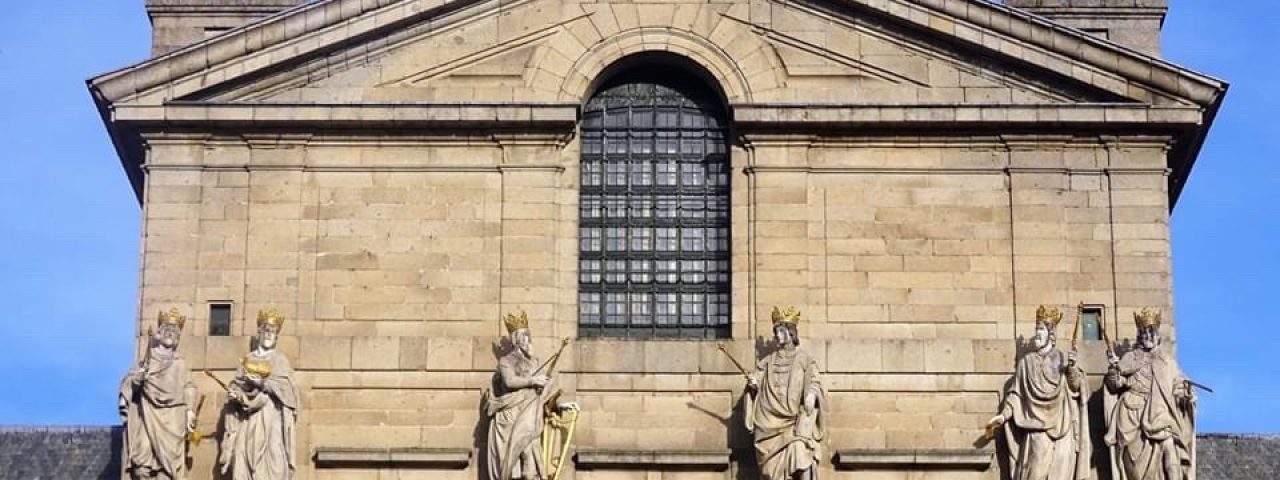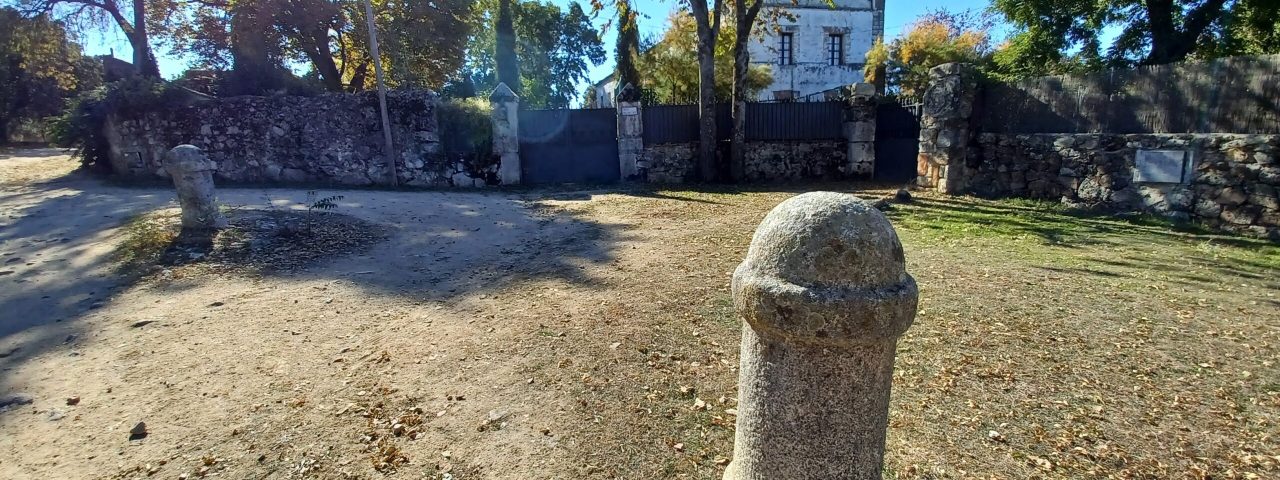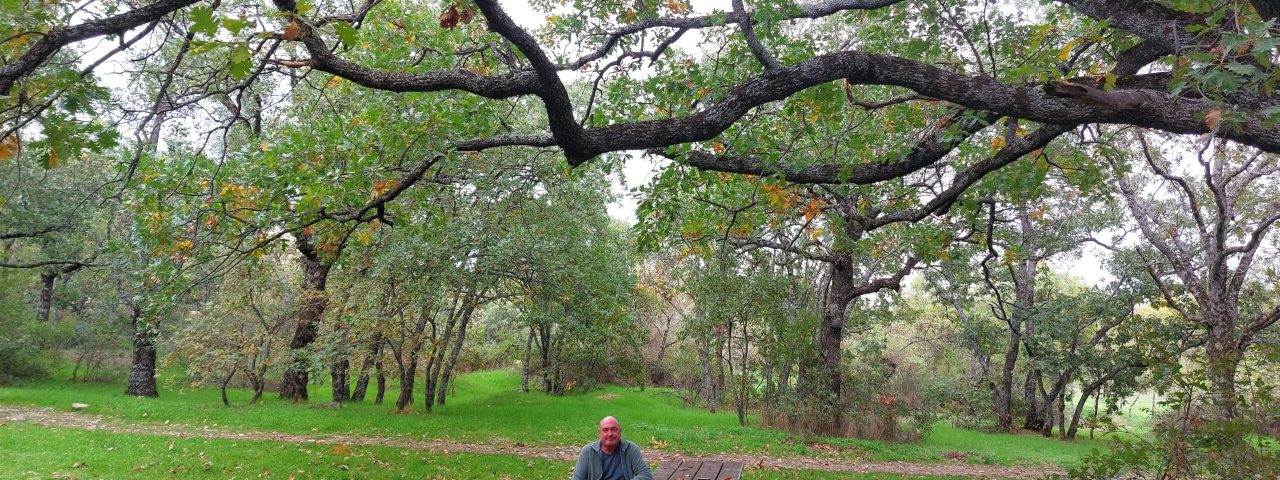El Escorial’s rich history is closely tied to the Royal Monastery of San Lorenzo de El Escorial, which was commissioned by King Philip II in the 16th century as both a palace and a monastery. It became a symbol of Spain’s vast empire and Catholic devotion, housing the royal pantheon and serving as a religious, cultural, and political hub. The town itself grew around this monumental building, becoming an essential part of Spain’s historical narrative. Throughout the centuries, El Escorial has been a residence for Spanish royalty and an important center for religious study.
Culturally, El Escorial is known for its strong ties to Spain’s Catholic traditions. Religious festivals, including those honoring San Lorenzo (St. Lawrence), the town’s patron saint, are celebrated with great fervor. The Feast of San Lorenzo, held every August, is a lively event filled with parades, processions, and local festivities that draw both residents and visitors. Additionally, the town has a long-standing association with art and culture, often hosting exhibitions, classical music performances, and literary events in its historic venues.
Local customs in El Escorial are deeply rooted in the town’s royal and religious heritage. Visitors will find an air of formality and reverence, especially within the Monastery and other religious buildings. Despite its small size, the town offers a vibrant cultural life, where old-world traditions coexist with modern-day leisure and entertainment.
